We all take a lot of time to decide which mobile phone or smartphone to buy, that matches all our requirements, has all the latest features, provides all the popular apps and supports the best operating system inside. We all know, now a days Android Operating System is climbing the charts and IOS is also one of the favorites among the mobile device users. Currently, I am an Android user and also like the windows mobile platform which is different from most mobile OSs and follow the updates about the IOS devices as well… but even though I have my personal choices, I do like the extent of diversity in features and innovation… different individual Mobile Operating Systems bring to the market.
But if we can know what all kinds of mobile OSs are available in the market, it can definitely help us to decide which phone will be our next best friend, so just to make that choice easier… here is the list of the most popular or standard Mobile Operating System today, check it out 🙂
1. Android
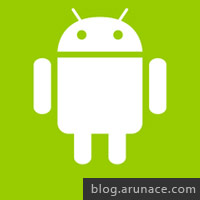
Android Inc. was founded in 2003 by Andy Rubin, Rich Miner, Nick Sears, and Chris White. In 2005, Google acquired Android Inc., aiming to enter the mobile device market. Android is an open-source mobile operating system based on the Linux kernel, primarily used on touchscreen devices. It’s known for its customizable interface and extensive app ecosystem.
Pros
– Highly customizable
– Wide range of apps available
– Broad device compatibility
Cons
– Fragmentation issues
– Security vulnerabilities
– Inconsistent updates
2. iOS
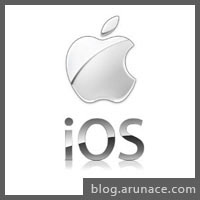
iOS was developed by Apple Inc. and was first released in 2007 alongside the first iPhone. Steve Jobs announced the revolutionary device and operating system that aimed to redefine mobile computing. iOS is a proprietary mobile operating system designed exclusively for Apple’s hardware, known for its smooth performance, security, and user-friendly interface.
Pros
– Smooth and Consistent performance
– Strong security features
– Regular updates
Cons
– Limited customization
– Closed ecosystem
– Expensive devices
3. HarmonyOS
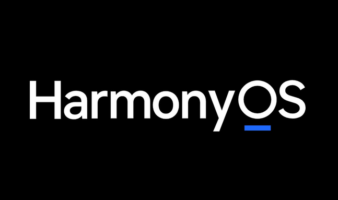
Developed by Huawei, HarmonyOS was introduced in 2019 as a response to US trade restrictions. Huawei aimed to create a versatile operating system that could be used across various device types. HarmonyOS is a microkernel-based distributed operating system designed to deliver a seamless experience across all devices, from smartphones to IoT devices.
Pros
– Cross-device compatibility
– Smooth performance
– Robust security
Cons
– Limited app ecosystem
– Early stages of development
– Device availability
4. Windows Mobile/Windows Phone

Developed by Microsoft, Windows Mobile was first introduced in 2000, evolving into Windows Phone in 2010. It aimed to integrate with Microsoft’s ecosystem and compete with Android and iOS. Windows Phone was known for its unique tile-based interface and integration with Windows desktop and other Microsoft services.
Pros
– Smooth integration with Microsoft services
– Unique and user-friendly interface
– Strong security features
Cons
– Limited app availability
– Declining support and updates
– Small user base
5. BlackBerry OS
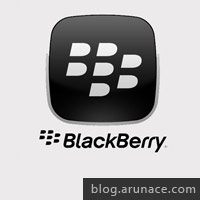
BlackBerry OS was developed by Research In Motion (RIM), a Canadian company founded in 1984. It became famous for its physical keyboards and secure email services. BlackBerry OS was designed for smartphones and tablets, focusing on productivity and security, widely used in enterprise environments.
Pros
– Excellent security
– Robust email and productivity features
– Physical keyboard options
Cons
– Limited app ecosystem
– Declining support
– Outdated user interface
6. Symbian OS

Symbian OS was developed by Symbian Ltd., a collaboration between Psion, Nokia, Ericsson, and Motorola. It was widely used in the early 2000s, especially by Nokia. Symbian OS was an open-source operating system designed for smartphones, known for its efficiency and low resource consumption.
Pros
– Efficient resource usage
– Large market share in its prime
– Robust multitasking
Cons
– Outdated interface
– Limited modern app support
– Declining market share
7. Tizen M

Tizen is an open-source operating system developed by the Linux Foundation, with Samsung as its primary contributor. It was introduced in 2012 as a successor to Samsung’s Bada OS. Tizen is used in a variety of devices, including smartphones, wearables, and smart TVs, offering a flexible and customizable platform.
Pros
– Wide device compatibility
– Open-source nature
– Smooth performance
Cons
– Limited app ecosystem
– Low market penetration
– Dependency on Samsung
8. Firefox OS
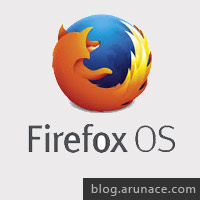
Firefox OS was developed by Mozilla Corporation, the creators of the Firefox web browser. It was announced in 2013 and aimed to provide an open-source alternative to Android and iOS. Firefox OS was an open-source operating system designed for smartphones and tablets, focused on web technologies and providing a seamless web experience.
Pros
– Open-source
– Lightweight and efficient
– Web-based apps
Cons
– Limited app ecosystem
– Low adoption rate
– Discontinued development
9. KaiOS

KaiOS Technologies Inc. was founded in 2016, with its headquarters in Hong Kong. It aims to bridge the digital divide by providing smart features to feature phones. KaiOS is a mobile operating system designed for feature phones, offering a balance between smartphone functionality and affordability.
Pros
– Affordable devices
– Lightweight and efficient
– Essential smart features
Cons
– Limited app ecosystem
– Basic user interface
– Limited hardware capabilities
10. Ubuntu Touch

Ubuntu Touch was developed by Canonical Ltd., the company behind the Ubuntu Linux distribution. It was first released in 2013, aiming to bring the Ubuntu experience to mobile devices. Ubuntu Touch is an open-source mobile operating system that offers a full desktop experience when connected to a monitor, making it unique in its convergence capabilities.
Pros
– Open-source
– Convergence features
– Strong security
Cons
– Limited app ecosystem
– Low market penetration
– Development pace
11. Sailfish OS

Sailfish OS was developed by Jolla, a Finnish company founded by former Nokia employees. It was introduced in 2013 as a continuation of the MeeGo project. Sailfish OS is an open-source mobile operating system with a focus on security and privacy, offering a unique user interface and Android app compatibility.
Pros
– Strong security and privacy
– Unique user interface
– Android app support
Cons
– Limited app ecosystem
– Low market share
– Limited device availability
12. Palm OS
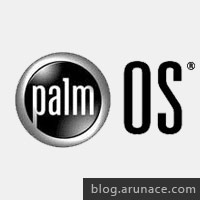
Palm OS was developed by Palm, Inc., which was founded in 1992. It was one of the first mobile operating systems for personal digital assistants (PDAs) and later smartphones. Palm OS was designed for PDAs and early smartphones, offering a simple and user-friendly interface with a focus on productivity and PIM (Personal Information Management).
Pros
– Simple and user-friendly
– Strong productivity tools
– Early innovation
Cons
– Outdated technology
– Limited app support
– No longer supported
13. WebOS

WebOS was originally developed by Palm, Inc., and later acquired by HP. It is now owned by LG Electronics and is primarily used in smart TVs and appliances. WebOS is a Linux-based operating system designed for smart devices, known for its intuitive card-based multitasking and integration with smart home ecosystems.
Pros
– Intuitive user interface
– Strong smart home integration
– Efficient multitasking
Cons
– Limited to specific devices
– Smaller app ecosystem
– Dependent on manufacturer support
14. LineageOS
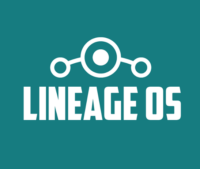
LineageOS is a continuation of CyanogenMod, an open-source operating system based on Android. It was rebranded as LineageOS in 2016 after Cyanogen Inc. ceased operations. LineageOS is an open-source operating system based on Android, offering a customizable and bloatware-free experience for a wide range of devices.
Pros
– Open-source and customizable
– Regular updates
– Bloatware-free
Cons
– Requires technical knowledge to install
– Limited official device support
– Potential warranty issues
15. ColorOS

ColorOS is a mobile operating system developed by Oppo Electronics, first introduced in 2013. It is based on Android and designed to enhance user experience with additional features. ColorOS offers a highly customizable and feature-rich interface, combining the flexibility of Android with unique enhancements from Oppo.
Pros
– Customizable interface
– Feature-rich
– Regular updates
Cons
– Potential bloatware
– Device-specific limitations
– Heavy customization may impact performance
16. MIUI
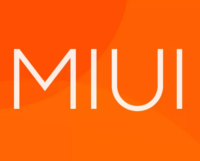
MIUI is a mobile operating system developed by Xiaomi, first released in 2010. It is based on Android and known for its extensive customization options and frequent updates. MIUI provides a highly customizable and feature-packed experience, blending Android’s flexibility with unique Xiaomi enhancements.
Pros
– Extensive customization options
– Frequent updates
– Feature-rich
Cons
– Potential bloatware
– Heavy customization may impact performance
– Device-specific limitations
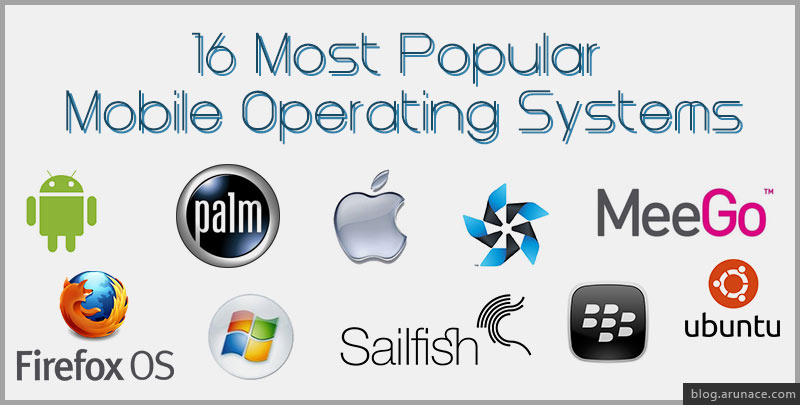
Thanks for the tips! Smart home systems can be quite user-friendly, even for those who aren’t very tech-savvy.